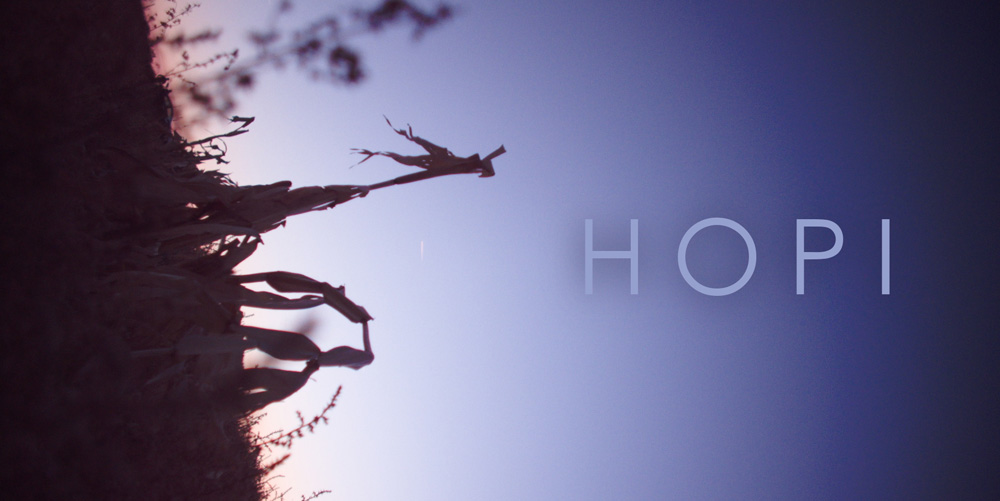When he was growing up, Karl Stieg would spend some time every summer at his grandparents’ house in Colorado, never too far from a Native American reservation. Fascinated by the differences between his cultural upbringing as a kid from the Philadelphia suburb of Doylestown and theirs, Stieg was equally intrigued by the similarities.
“We were moved by the parallels we drew between Hopi generations and our own generations outside the reservation,” said Stieg. “Whether we realize it or not, everyone tackles the question of how much of my parents’ values and traditions can or should I carry throughout my life and vice versa. I believe the act of passing down traditions from generation to generation is universal and that the degree to which younger generations take up the torch is rapidly changing in such a technological and globalized world.”
It is an idea that Stieg plans to explore to its fullest in “Hopi,” a documentary he is currently raising funds for on Kickstarter before a deadline of April 6th. In a way, it is also a continuation of the themes of his first film “Geil of Doylestown: Forgotten Explorer,” a profile of fellow Doylestown native William Edgar Geil, whose travels along the Great Wall of China as an evangelist inadvertently created the field of photographic ethnography.
Says Stieg, “My first film taught me that there’s still a lot left to be explored in such a globalized world — if not on a map, then in the diverse communities that inhabit those places.”
Which is how Stieg, cinematographer Andrew Stowe and soundperson Alanna Hanson, a trio who met while attending USC’s School of the Cinematic Arts, found themselves in northern Arizona last November. For 10 days, the filmmakers embedded themselves in the home of Leo LaCapa, a village elder who’s long upheld Hopi traditions through a religious ceremony that currently only he is able to perform. With no heir apparent though, a proud people face a potential cultural crisis. Still, in following LaCapa’s search for a successor, the film sheds light on the rich legacy of the tribe as well as their customs that continue to endure, a unique moment in time that attracted “It’s a Disaster” associate producer Liz Scully to the project.
“I felt like they were exploring a very compelling and underrepresented story, and we shared the same respectful outlook,” says Scully, who like Stieg spent quite a bit of time soaking up Native American culture as a child who visited Monument Valley on occasion. In fact, she was introduced to the filmmakers by Art Letkey, one of the people she met during those family outings and who has been close with several Hopi families for many years.
Now, the production team behind “Hopi” is hoping that even more people will come aboard as backers of the project so that they can return to the reservation for an additional 10-day shoot as well as a polish of the film in post-production with sound mixing, color correction and music. If successful, they plan to premiere the film later this year, knowing that time is of the essence.
“We knew our firsthand immersion in the culture and getting to know the people as people and not as accounts in a history book was vital,” says Stieg, who has joined forces with the nonprofit Hopi Outreach to do what they can to keep the flame alive of the Hopi way of life for future generations.
For a film about what obligation younger generations have to their forebearers while carving out a path of their own, it seems like the filmmakers of “Hopi” have it right.
To back this project and watch the filmmakers’ personal pitch video, click here.




